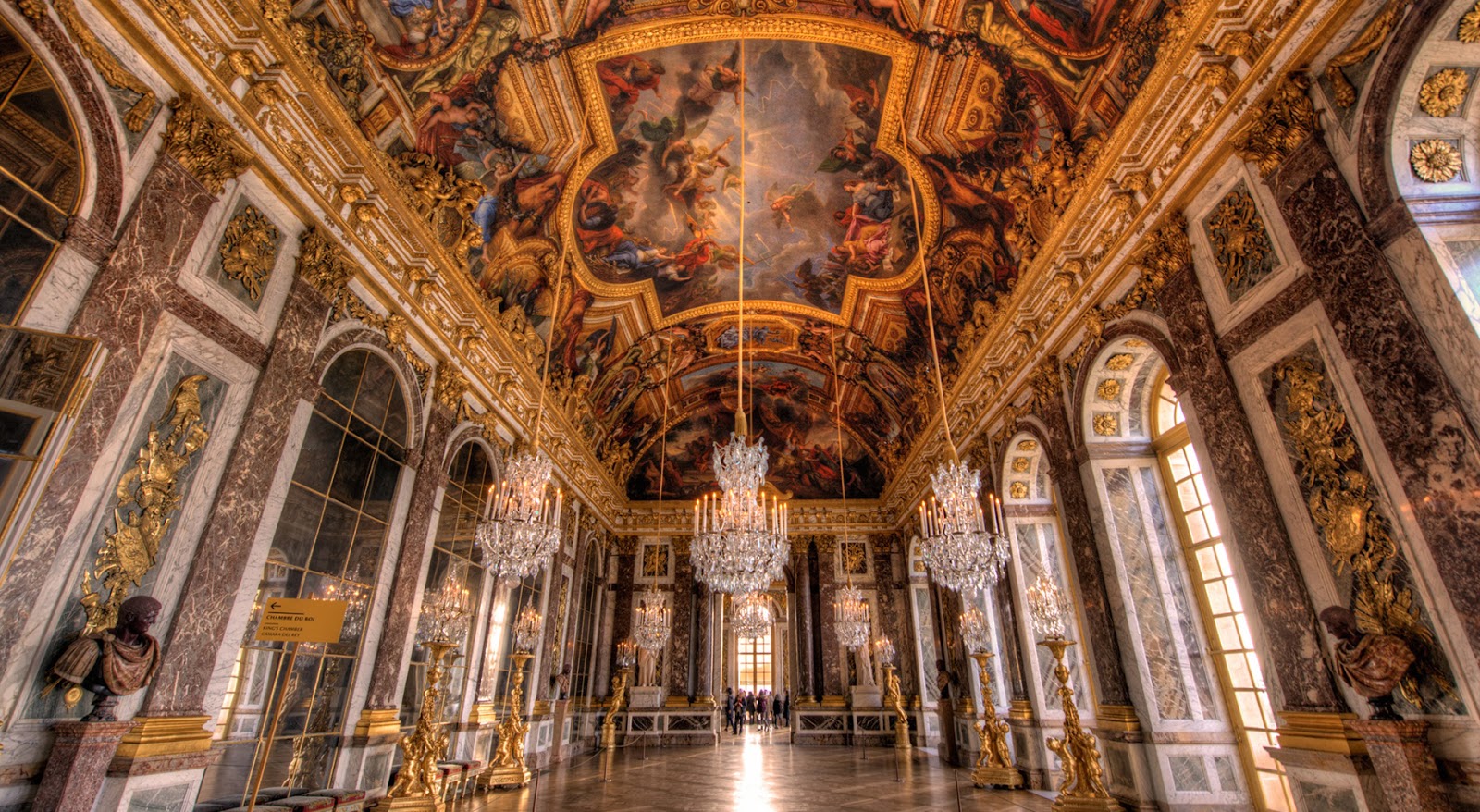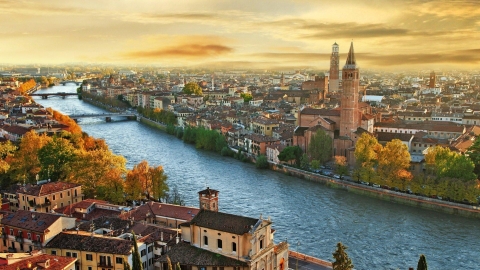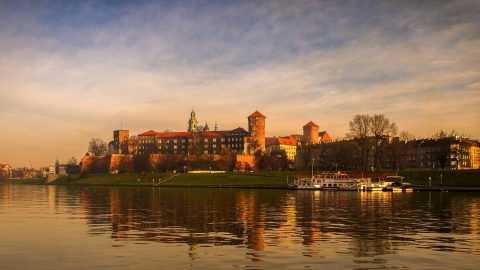Proud symbol of France
When it comes to the luxury, grandeur and opulence of France, no castle, palace or landmark can replace Versailles, a symbol of the power and wealth of the French feudal dynasties, and also one of the most famous and attractive tourist destinations in France. Every year, an estimated 5 million people visit the Palace of Versailles.
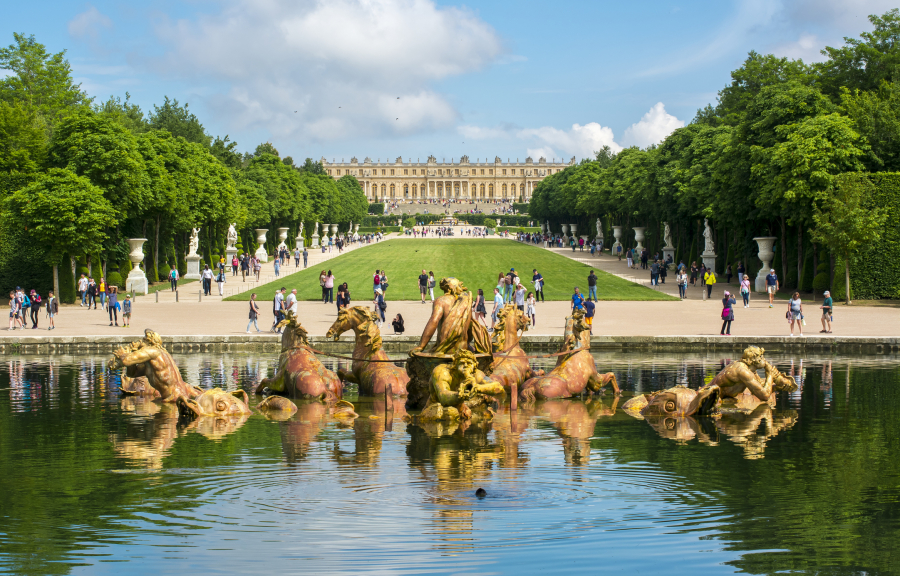
The Palace of Versailles is associated with King Louis XIV, who was known as the Sun King.
The Palace of Versailles is located in the Île-de-France region, southwest of the splendid Paris. It is famous for its sophisticated royal architecture, airy green gardens and especially associated with the story of a famous king of France: the Sun King Louis XIV.
Louis XIV was called the Sun King because he often compared himself to God and the gods. He loved acting and often chose for himself the role of Apollo - the Sun God. Louis XIV was very romantic and loved the arts. When the Louvre Palace in Paris was not yet completed, Louis XIV thought of building another palace outside of Paris.


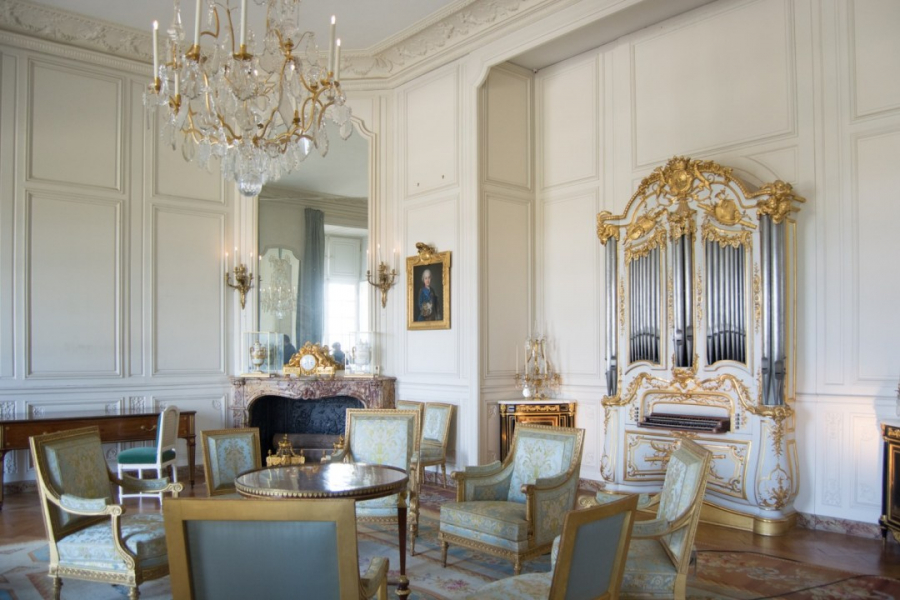
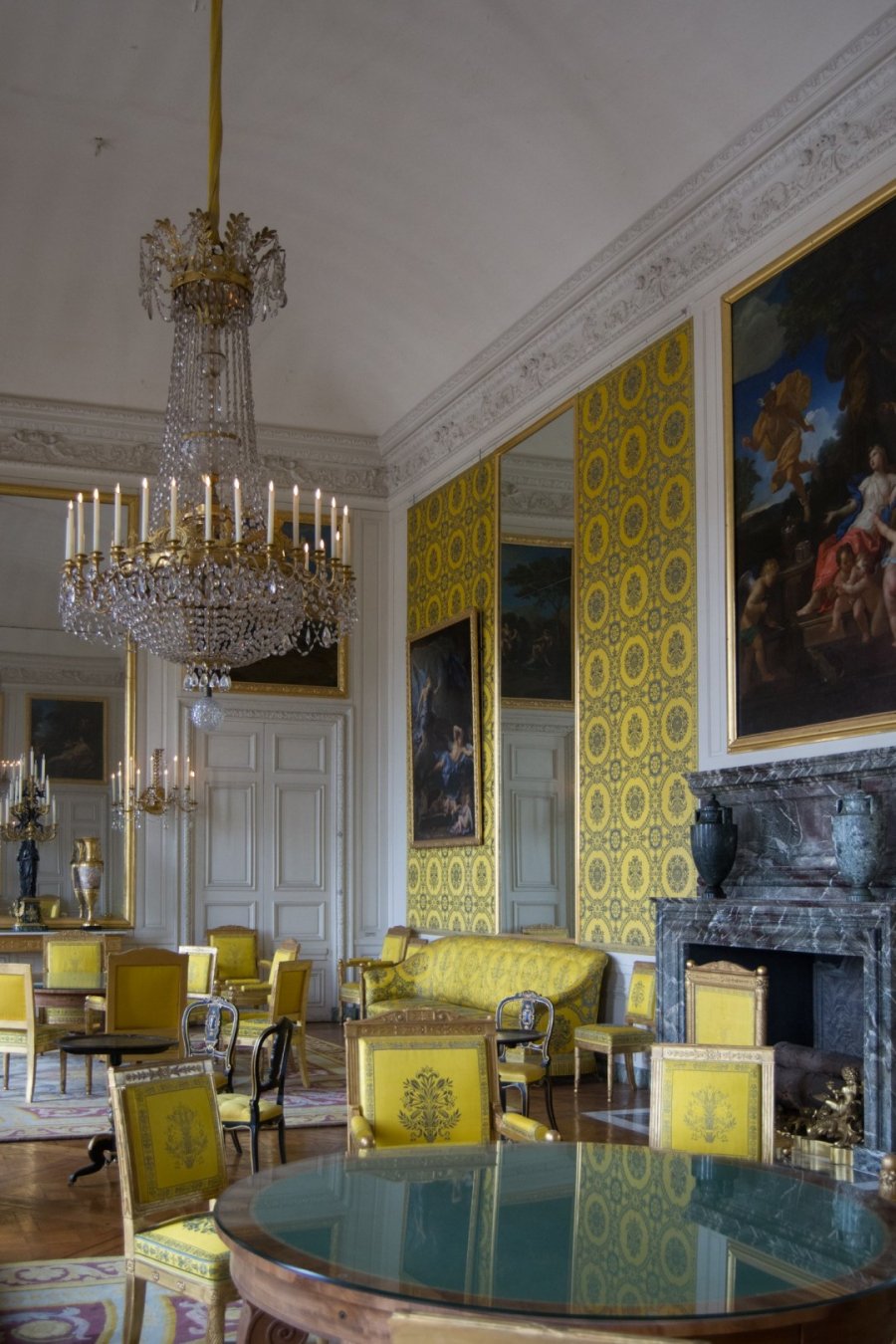
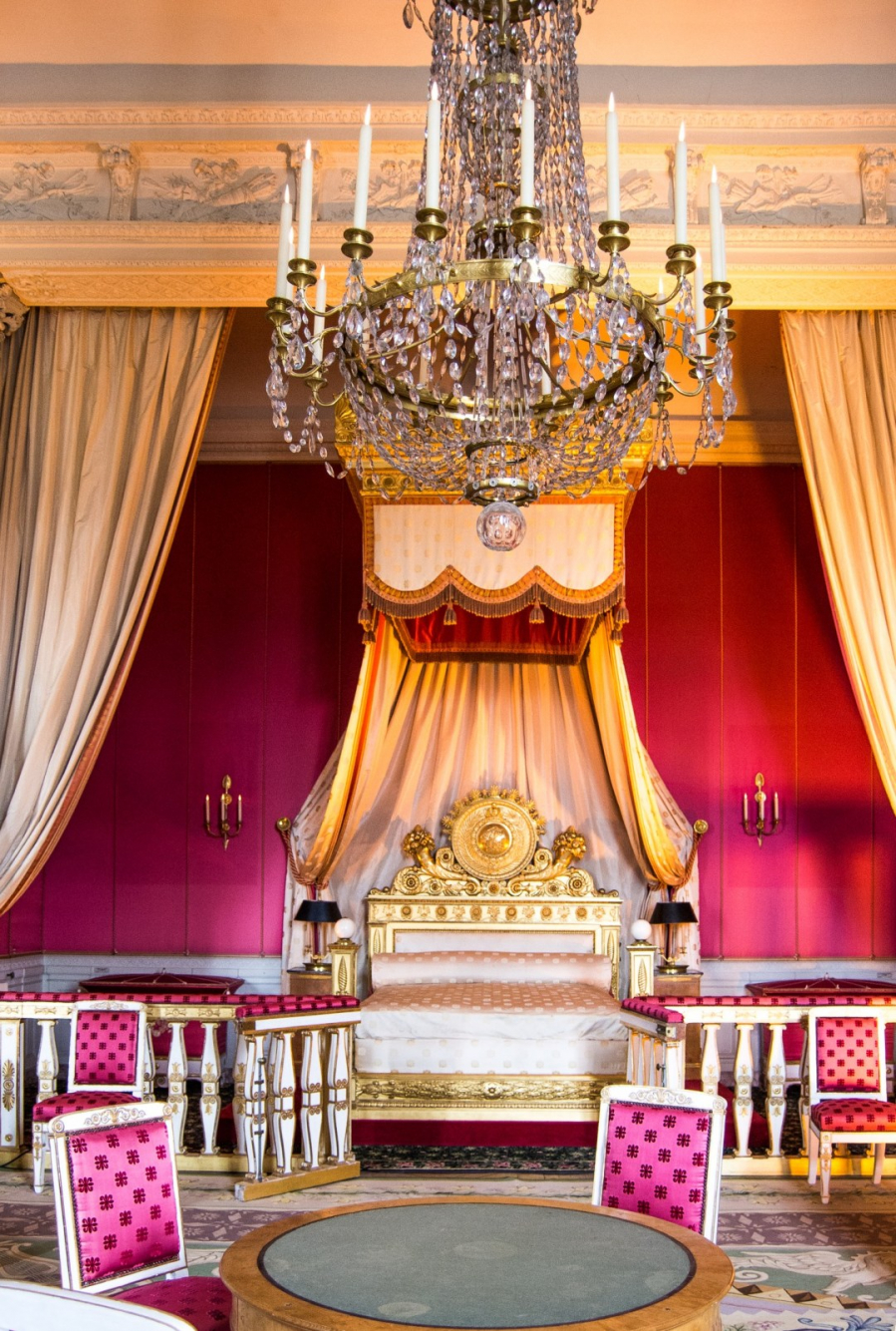
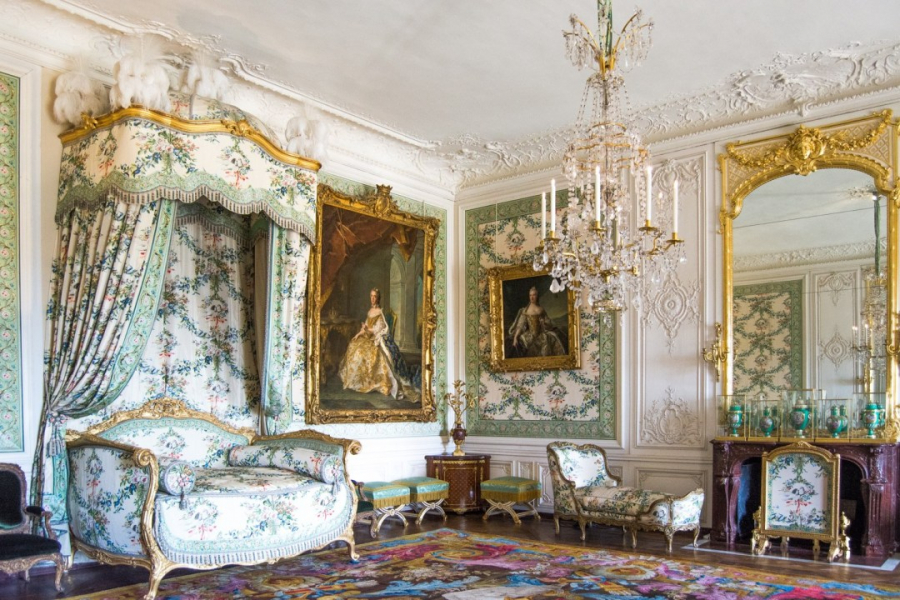
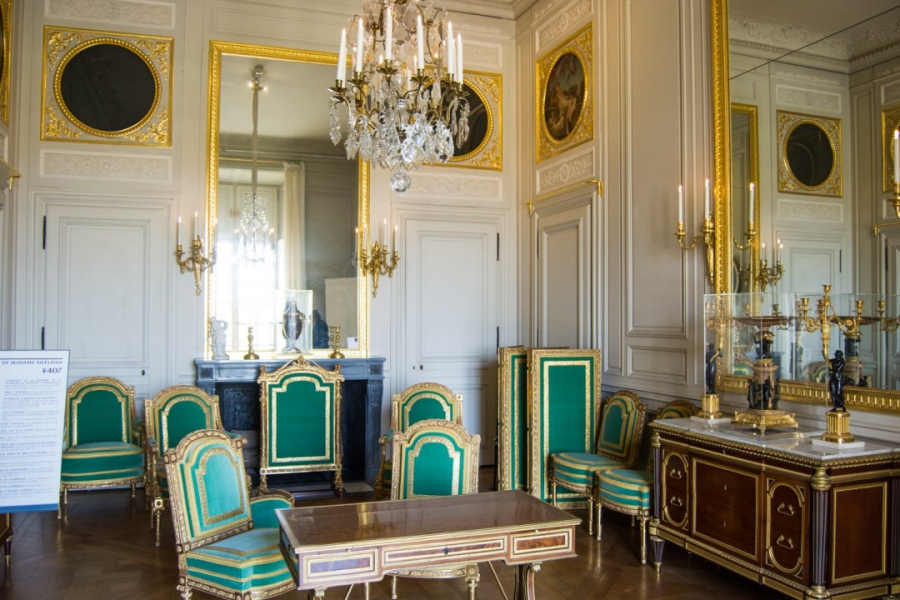


The rooms are decorated in Baroque style with paintings and sparkling chandeliers.
This Versailles project was built at the request of King Louis XIV in 1682 on an area of 1,070 hectares, including more than 700 different structures with over 2,000 rooms, of which the palace is 67,000 m² wide. This is the residence of the French kings and queens from the time of Louis XIV, Louis XV and Louis XVI.
A massive and magnificent architectural work
While the French monarchy has long since collapsed, Versailles remains a symbol of the country. Beginning in the 19th century, the palace began to be opened to the public and was converted into a museum. In 1979, its history, architecture, and stunning landscape earned it UNESCO World Heritage status.
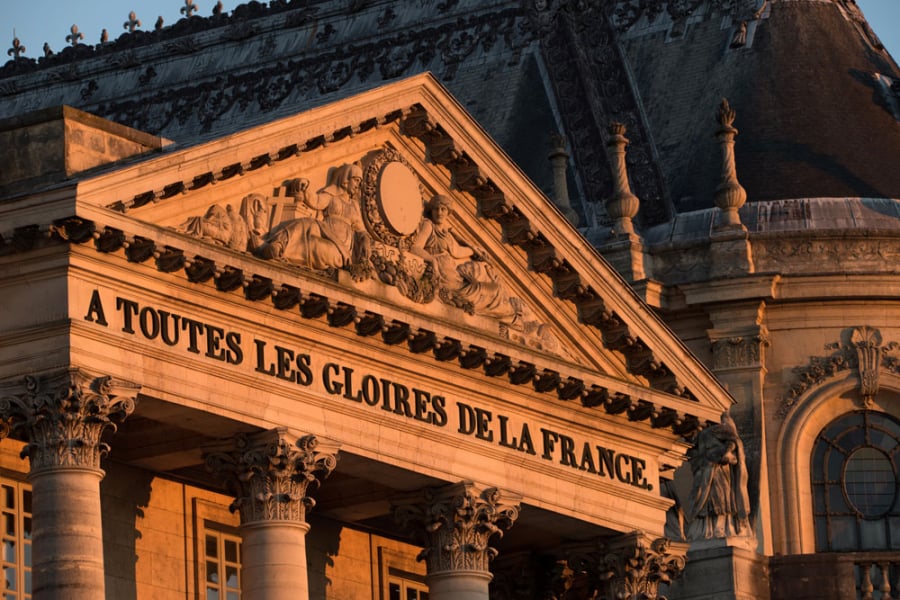
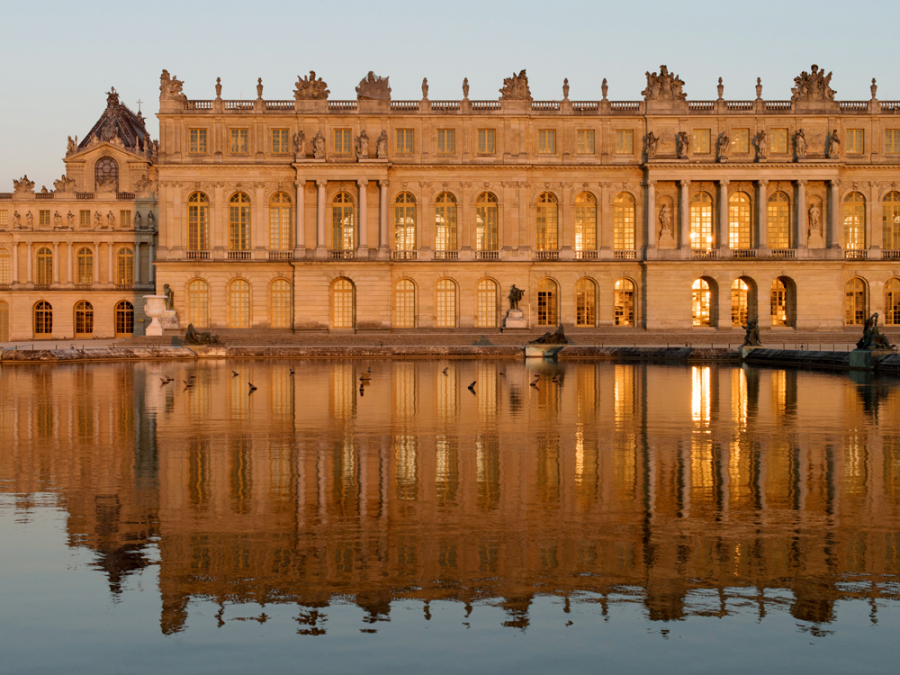
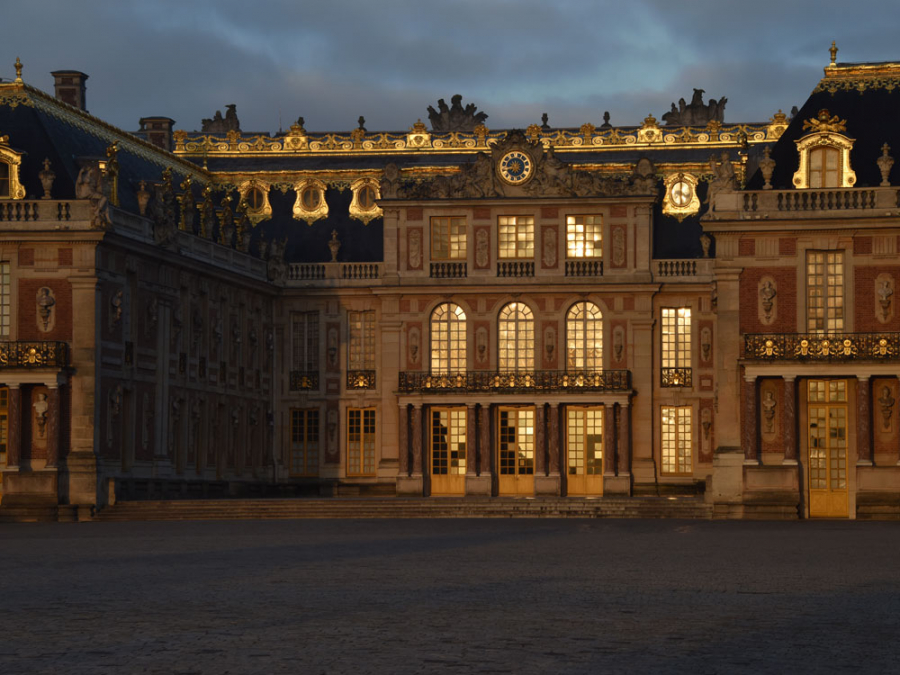
In the palace, each room and corridor is meticulously cared for with luxurious and beautiful architecture and interior. All the paintings, reliefs and large domes decorated here have the same purpose: praising the famous Sun King of France.
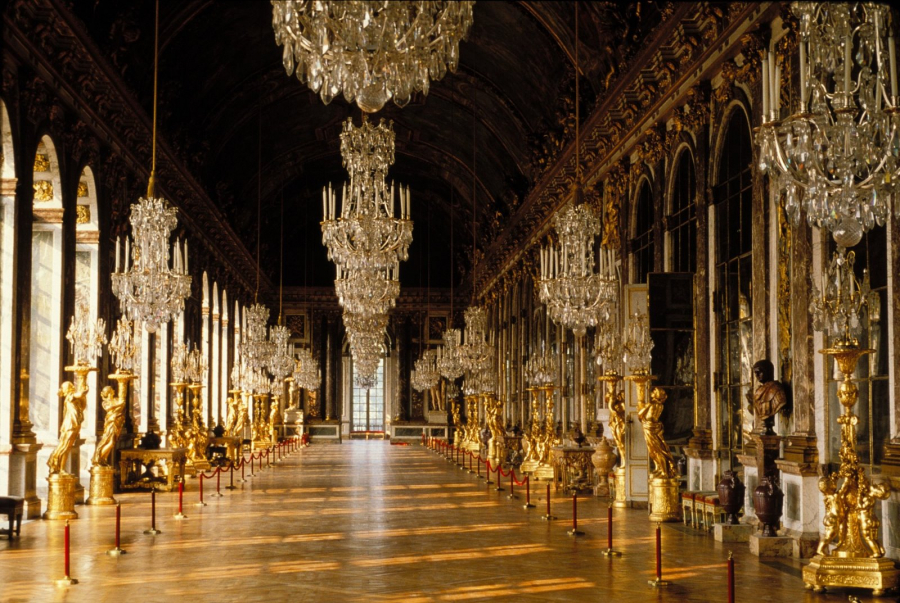
Mirror Room
One of the most striking rooms in the Palace of Versailles is the Hall of Mirrors. The room stretches 73 meters long with 11 windows, is decorated with 17 giant mirrored arches and is where the king passed every day on his way to the Chapel. It also features a dazzling chandelier and ceiling paintings by Charles Le Brun.
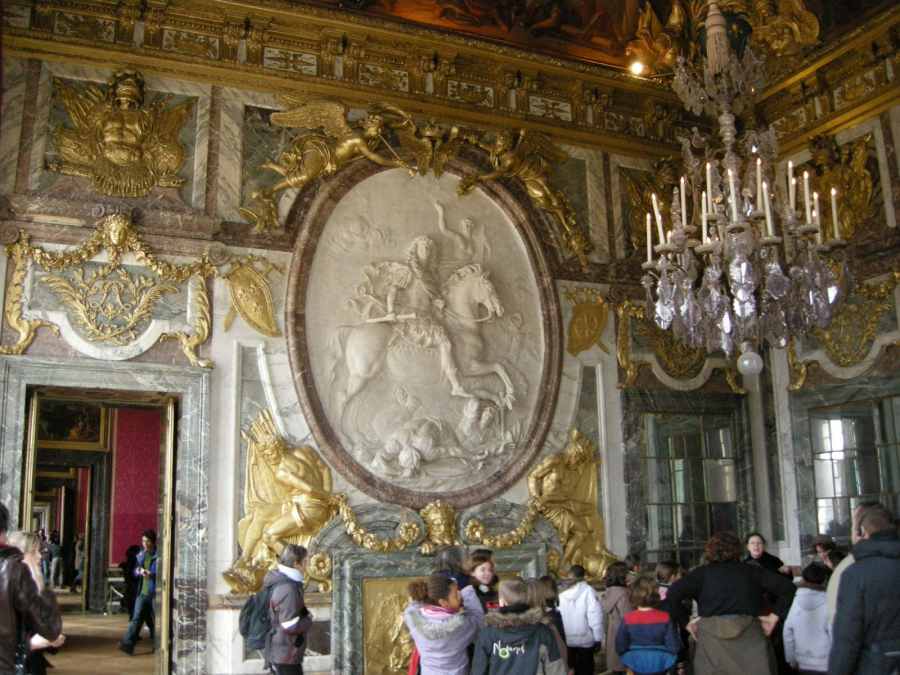
All the paintings, reliefs and large domes that decorate here praise the famous Sun King of France.
Also in the Hall of Mirrors, the Treaty of Versailles was signed in June 1919, officially ending World War I. Today, walking through this room, visitors will admire the carefully planned and manicured gardens of Versailles.
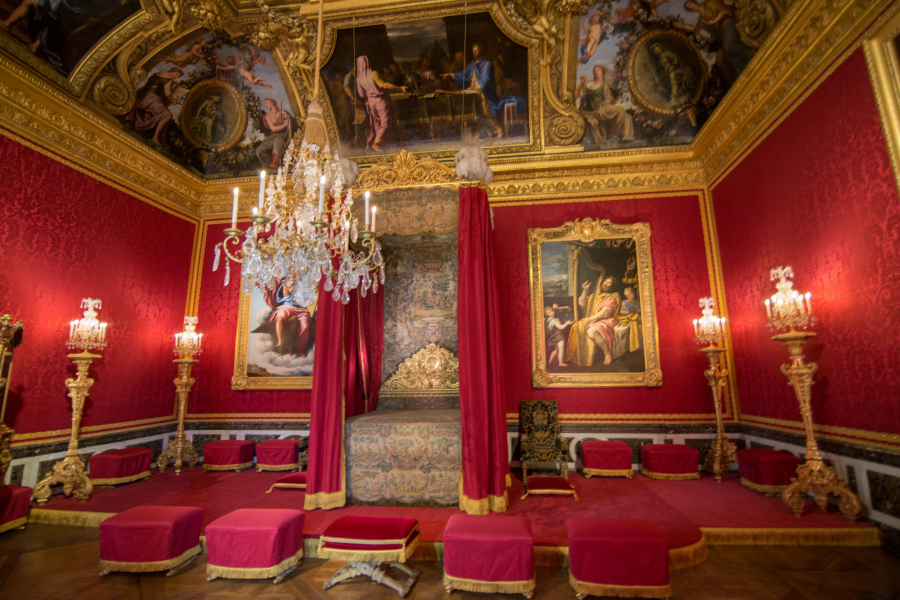
Mercure Salon
The Salon de Mercure is one of the seven most luxurious bedrooms in the Palace of Versailles. It is a rich wine red color. It was originally used as a bedroom and contained silver furniture. The furniture was later moved, the Salon de Mercure was used as a game room and is now a gallery.
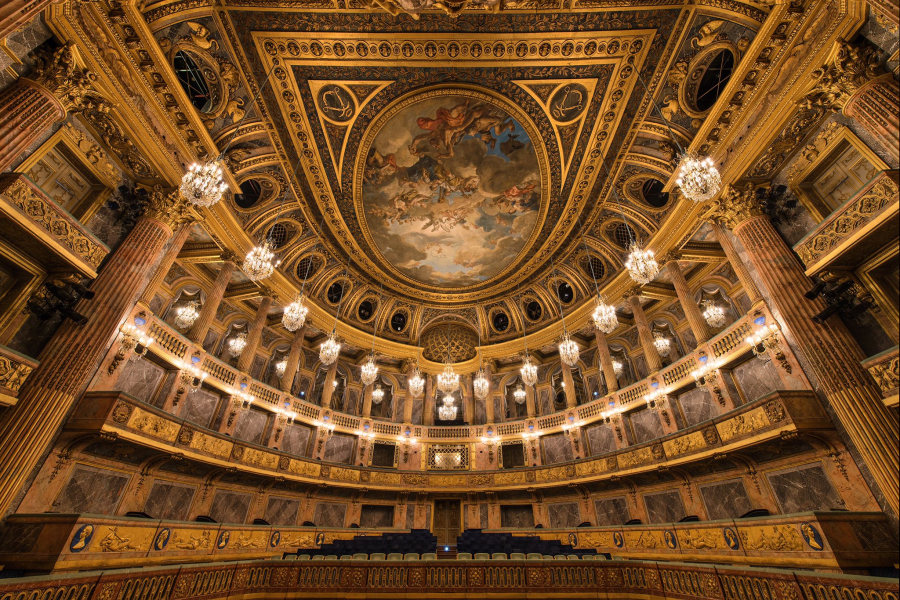
Royal Opera House
The Royal Opera House was planned for nearly 20 years but completed in just two years, in time for the wedding of King Louis XVI and Marie Antoinette. The lavish hall was only used about 40 times before the fall of the French monarchy, partly due to its high cost, as it took 3,000 candles to light the room for one night.
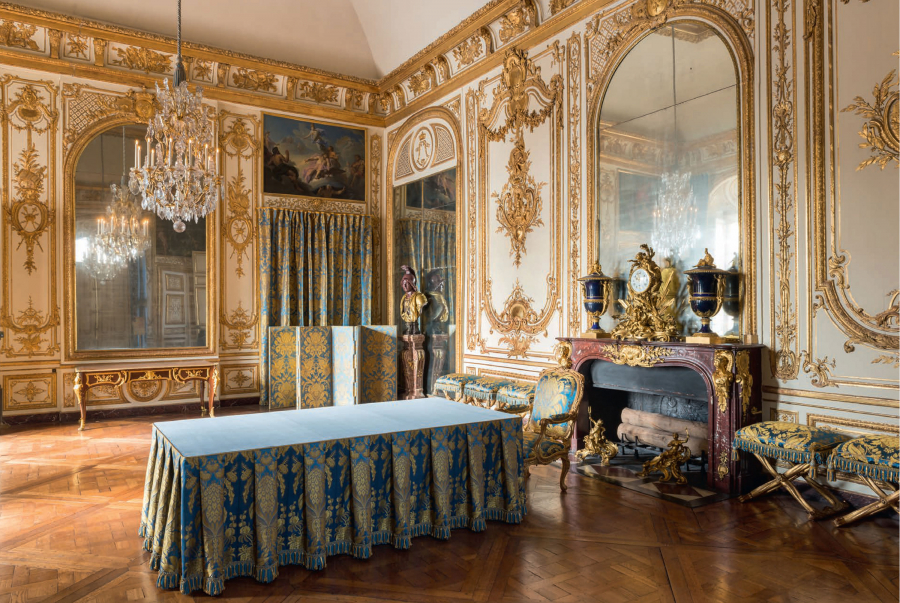
Council Chamber
The Council Chamber was where the king made important decisions for the country from 1682 to 1789. In this room, the king sat on a velvet armchair in the middle, with officials and council members sitting on either side. All meetings held in this room were carefully guarded to avoid important information being leaked to the outside.

Sculptures are arranged on the lake in the gardens of Versailles.
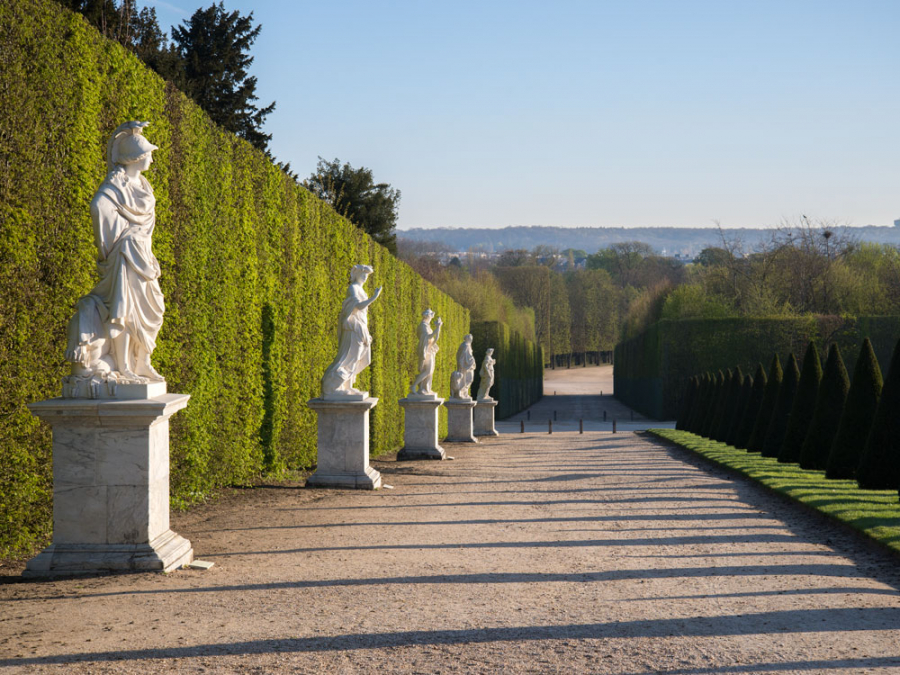
The gardens create a harmonious natural and architectural overview.
The Palace of Versailles is also famous for its beautiful garden system consisting of 55 lakes, 50 fountains, and hundreds of sculptures arranged throughout the grounds. Among the fountains here, the largest is the Latona fountain, on top of which is a statue of Apollo. All other fountains in the palace are linked to Latona and are supplied with water from here. The Versailles garden is also one of the largest and most beautiful gardens in the world with an area of 101 km² and a clear geometric layout, symbolizing the human desire to rearrange nature while still maintaining the harmonious overall view of nature.

Latona Fountain
Opposite the garden is a crystal clear swan lake, creating a luxurious and noble landscape. The entire architectural work clearly shows a Baroque spirit, one of the first typical models of the French in planning architectural works.
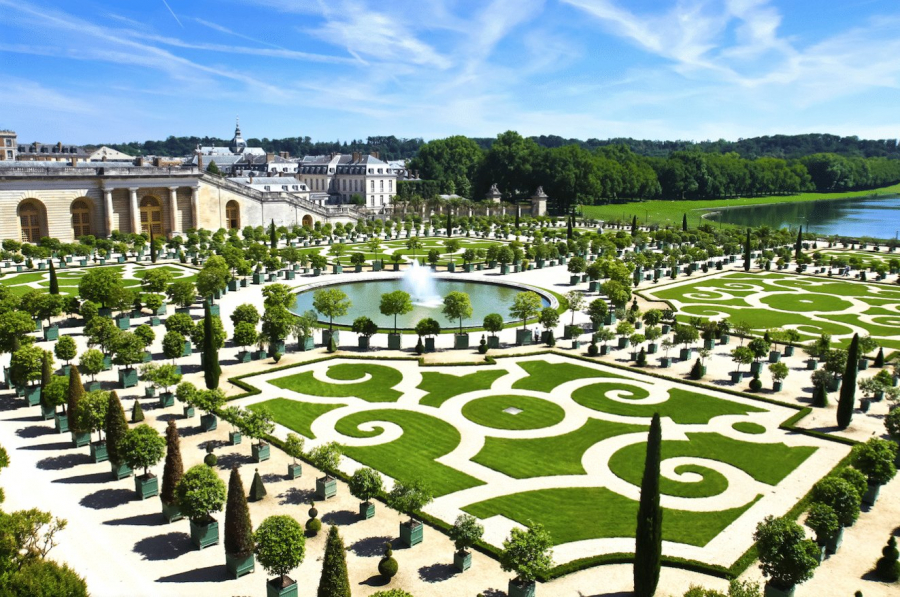
The garden was designed by Jules Hardouin-Mansart, with orange trees planted in pots.
Equally prominent within the palace grounds is a unique garden designed by architect Jules Hardouin-Mansart. It features thousands of orange, lemon, and pomegranate trees, some of which are over 200 years old. In winter, the trees are brought inside the building, and in summer they are arranged in a unique geometric pattern in the garden. The trees in the garden originate from various countries such as Italy, Spain, and Portugal and were given to King Louis XIV as a way to show respect and affection for him.

Royal Chapel
In addition, when coming to the Palace of Versailles, visitors should not miss the majestic and unique architecture of the Chapel, with the roof of the roof up to 40 m high and the stone facade with large windows. As a sacred symbol at Versailles, the Royal Chapel is higher than the surrounding buildings as a symbol of the power and importance of the king.
Notes when visiting the Palace of Versailles
You can visit Versailles at any time of the year. However, if you want to see the lush garden scenery, you should come here in spring and summer. Summer is also the busiest time of the Palace of Versailles, because the weather in Europe is quite cool at this time and visitors take advantage of the long holidays. In addition, if you visit the palace in July, you have the opportunity to witness the Bastille Day celebration with many fun and exciting activities.
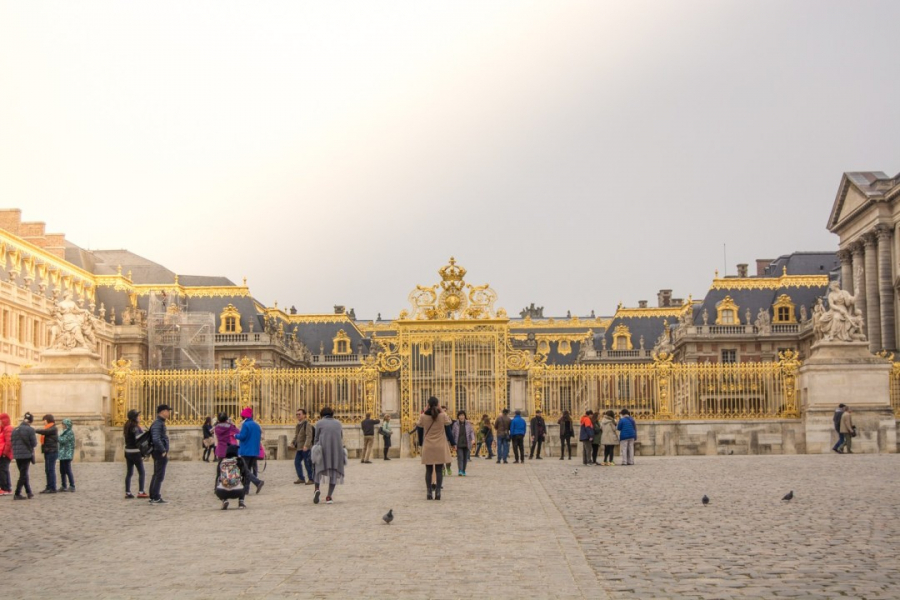
Early November is the perfect time to see the romantic Versailles in the fall foliage season. And if you come to Versailles in late winter or early spring (January to March), you will have the opportunity to attend the Musical Fountains Shows, Musical Gardens and The Gallery of Coaches.
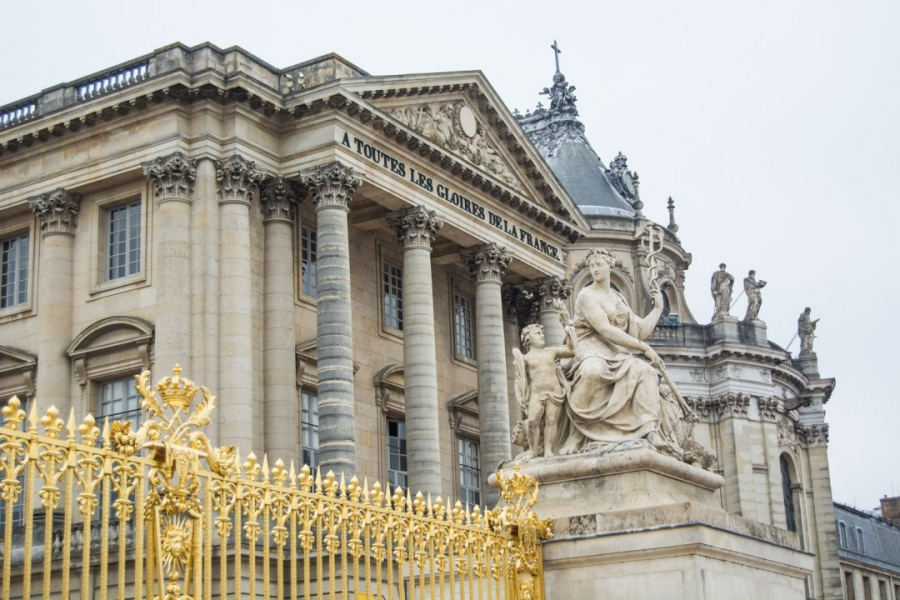
Versailles is about 20 km from Paris and you can easily get to the palace from central Paris by car, taxi, bus or train.
If you prefer trains, you can choose the line that runs from Paris Montparnasse to Versailles Chantiers, or from Paris Saint Lazare to Versailles Rive-Droite. Alternatively, the RER C line connects central Paris to Versailles Rive Gauche station, about a 5-minute walk from the palace, and the RATP 171 bus runs from Pont de Sèvres metro station to Versailles.
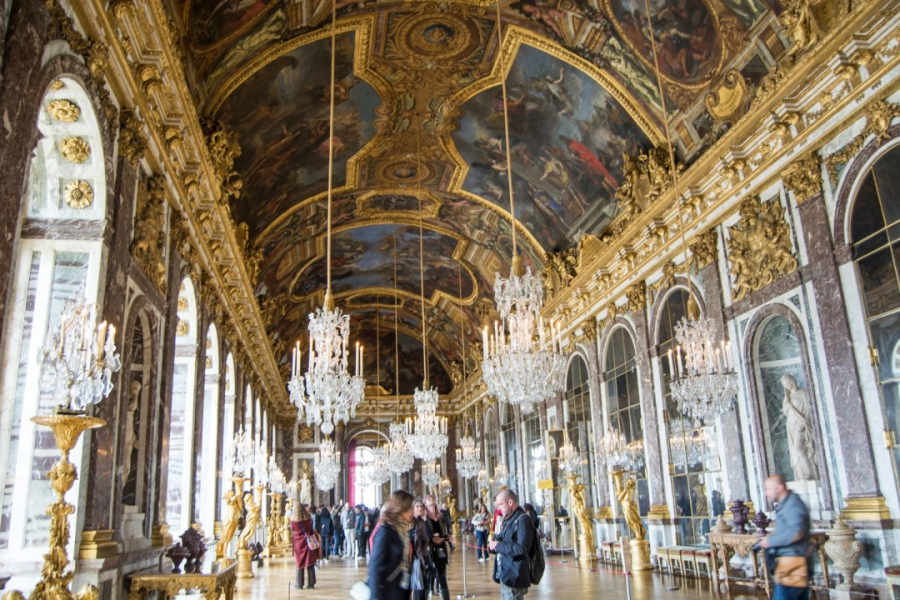
In addition to visiting and exploring the Palace of Versailles, you can also visit the nearby village of Marché Notre-Dame, enjoy delicious dishes made from meat, cheese or creative macarons.
Not only that, going to Le Louis Versailles Château hotel, enjoying a royal riff cocktail or stopping by Trianon Palace Versailles and tasting a Michelin-starred meal prepared by chef Gordon Ramsay are also great ideas to accompany your journey to explore the Palace of Versailles.

If you feel tired after walking around the vast Palace of Versailles, you can use the tram service that runs around this area. For only about 4 EUR each time (more than 100,000 VND), you will sit on the car and comfortably admire the surrounding scenery. However, the tram will stop operating after 5 pm.
More information
Ticket price: 18 EUR
Opening hours: from 9am daily, except Monday
Website:Versailles






